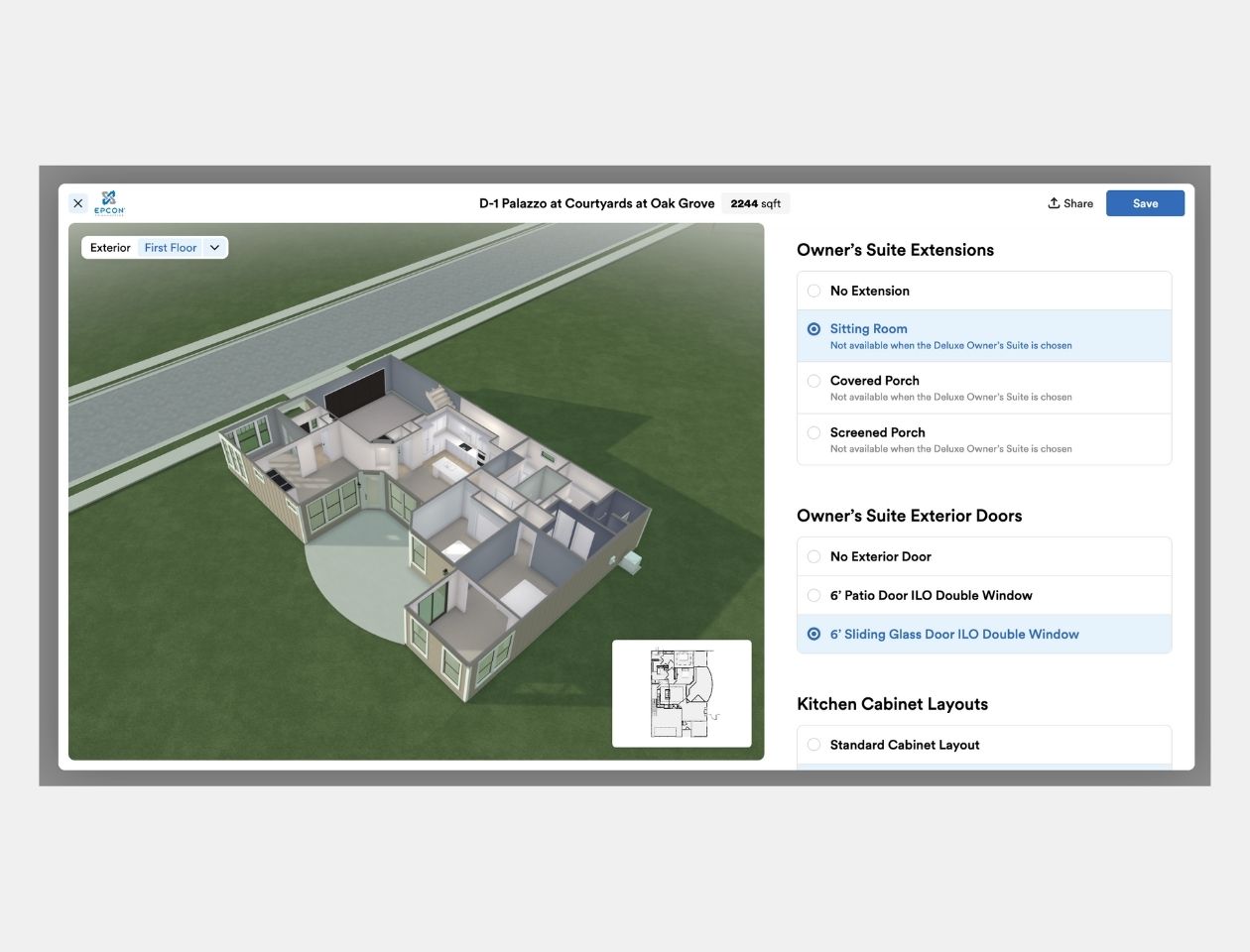During a recent field walk with a builder, I came across a bathroom that didn’t seem quite right. My colleague — who wasn’t from the homebuilding industry — was absolutely astonished that construction had gotten past final paint without anyone noticing that the shower ceiling was sloped to a point that it was unusable. I knew precisely how and why this kind of thing happens.

During the summer of 1999, I began my field training with Pulte Homes. Industry legend Mike Rhoads explained the importance of walking every room, every house, every day. As a young superintendent, I quickly realized the value of incorporating this process into my daily routine and was able to quickly recognize potential issues and address them before they ballooned into massive headaches.
All was well, until I received a call from my sales manager at 7 a.m. on Monday morning. Apparently I had built a home with the standard master bath layout rather than the deluxe layout the customer had selected. How could this be? I immediately referred to my project file and confirmed all the paperwork matched what we built in the field. A short time later I received a message from my irate homeowner insisting we meet at the house as soon as possible. What a way to start the week! My standard three-hour field walk would have to wait while I got to the bottom of this deepening mystery.
I met the customer at the house and was promptly presented with a sales brochure that clearly indicated they had purchased the deluxe master bath option. I was puzzled because we had agreed internally a few months before to no longer offer that option on the elevation due to a headroom issue when the ceiling had to be pitched. It turned out the sales agent had grabbed an old sales brochure rather than one we had recently revised! I was left apologizing to the customer on the salesperson’s behalf and spent the rest of the day making phone calls to our drafting department and subcontractors trying to figure out a solution. Needless to say, my daily routine of walking every home every day was out the window. In fact, that week I spent 90% of my time resolving this issue and the other 15 homes under construction received very little of my attention.
Why was I so focused on resolving this customer issue? Because my bonus depended on it. Any delay in build time, a financial variance, or receiving a subpar customer survey score would put my bonus at risk. I was now behind the eight ball on this house as well as the other 15 homes under construction. I was frustrated to say the least, because I was the one that caught the ceiling height issue during a master plan review months ago! Our internal lines of communication had failed and I was the one left to solve the customer’s issue.

My experience wasn’t unique. Anyone that has ever built a home is guaranteed to have a similar story. How does this happen? What is the true impact on our bottom line? Does it have to be this way?

Three months later I returned back to the jobsite with our client and learned the bathroom had been remodeled and the home had been closed. I asked what the total cost for the mistake amounted to and was shocked to hear that VPO reports had indicated only $1,150 of costs related to the repairs! The operations team touted how their variances were much lower than the average homebuilder. I took it upon myself to attempt to uncover the true total cost of disconnected sales and construction tools. The results speak for themselves:

The VPO report for $1,500 was closer to $9,000, by my estimations. And the salesperson and superintendent informed me that these types of fire drills occurred on 7% of the homes built! Multiply the true total cost of this mistake across 250 homes per year and we’ve uncovered more than $140,000 of unreported variances as a result of a disconnected process. Most of it could have been prevented by installing a single source of truth — a digitally connected ecosystem. The true impact of these types of errors are rarely uncovered, since the recorded variance seems “acceptable” at first glance. We haven’t scratched the surface on the impact this has on customer experience, company morale, and public reputation.
A few years ago I decided I was done dealing with the same disconnected problems over and over again and traded my hardhat in for a laptop, determined to try and solve this problem. Our industry is fortunate to have an opportunity to build the American dream for families. The days of customers saying, “Wow, I’m glad that’s over with, and I’ll never do that again,” and builders saying, “Where did all my profits go?” need to be a thing of the past. Digitally connected sales and construction tools — like what we offer at Higharc — are the key to getting there.
See higharc in action
Discover how Higharc can empower your team to conquer change, modernize your buyer experience, and decrease cycle times.
Book a demo


.png)




.png)



.jpg)








%20(1260%20x%20960%20px).jpg)
%20(1260%20x%20960%20px).jpg)

.jpg)

.jpg)


















